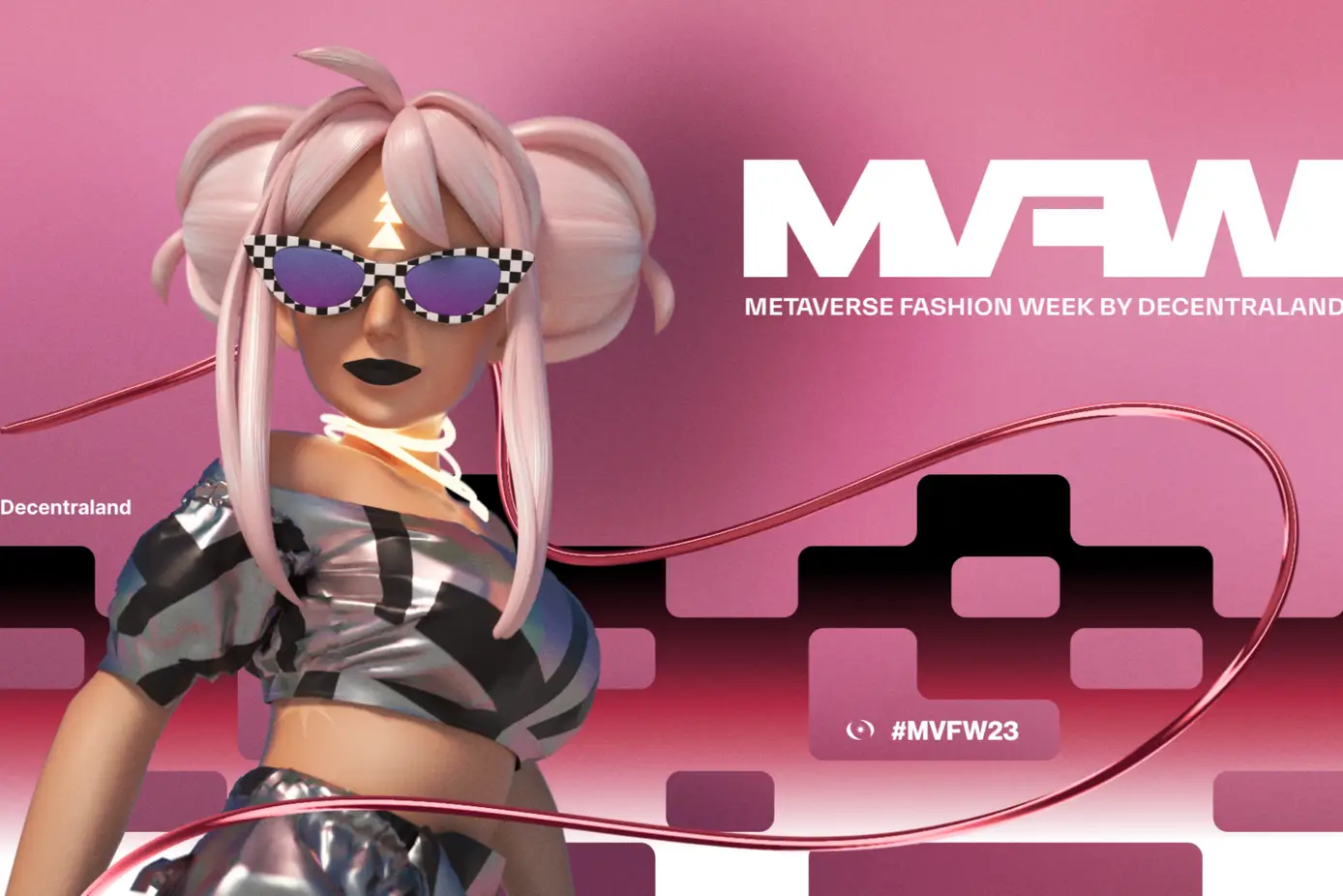
Picture of Vivienne Westwood by Vueltta. Metaverse Fashion Week MFW.
The world of fashion has always been on the cutting edge of technology, and the rise of the Metaverse promises to take that to a whole new level. The Metaverse is a virtual space where people can interact with each other and digital objects in real time, and it's quickly becoming a major force in the fashion industry.
In the Metaverse, fashion is no longer limited to physical constraints like fabric and material. Instead, it can take on any form imaginable, from the most outrageous designs to the most subtle and refined. This means that fashion designers can explore entirely new creative avenues and push the boundaries of what's possible in terms of style and expression.
One of the most exciting aspects of fashion in the Metaverse is the ability to mix and match different pieces from different designers and brands. In the physical world, fashion is often limited by geography and availability, but in the Metaverse, anyone can access a vast array of fashion options from all over the world. This creates a level playing field for designers and allows consumers to express their individuality in new and exciting ways.
Another key advantage of the Metaverse for fashion is the ability to create immersive experiences. Designers can create virtual runways, where users can experience their collections in a 3D environment. They can also create interactive experiences where users can customize their own virtual clothing and accessories, allowing them to truly make their mark in the virtual

Metaverse Fashion Week 2023.
But it's not just about the creative possibilities of fashion in the Metaverse. There are also practical advantages to virtual fashion. For example, it can be more sustainable than physical fashion. In the physical world, clothing production and distribution contribute to carbon emissions and waste, but in the Metaverse, there is no physical waste. Virtual clothing also doesn't require any resources to produce, which can be a major advantage in terms of sustainability.

Iillustration outfits drawing, perception for the Show Capsule.
There are already several companies and platforms exploring the possibilities of fashion in the Metaverse. One of the most prominent is the virtual world Second Life, which has long been a hub for virtual fashion. More recently, new platforms like Decentraland and The Sandbox have emerged, offering even more possibilities for fashion designers and enthusiasts.
In conclusion, the Metaverse promises to be a major force in the fashion industry, offering new creative avenues, greater accessibility, and exciting immersive experiences. As the Metaverse continues to develop, we can expect to see even more innovative and exciting uses of virtual fashion, pushing the boundaries of style and expression in ways we've never seen before.

Puma design for Metaverse.
The Metaverse and fashion are connected because both are centered around the idea of self-expression and identity. Fashion has always been a means of expressing one's personality, style, and individuality, and the Metaverse provides a new and innovative platform to further explore these concepts.
In the Metaverse, users can create their own avatars and customize their appearance, allowing them to express themselves in ways that may not be possible in the physical world. This includes the ability to experiment with different clothing styles, colors, and accessories, and mix and match pieces from various designers and brands.

Moodboard.
Additionally, the Metaverse allows for new and exciting experiences related to fashion, such as virtual fashion shows and interactive shopping experiences. Designers can use the Metaverse to showcase their collections in immersive 3D environments, and users can interact with virtual clothing and accessories in ways that were not possible before.
Furthermore, the Metaverse provides a platform for sustainable fashion. Virtual clothing doesn't require any physical resources to produce, which can reduce waste and carbon emissions. This aligns with the growing trend in the fashion industry towards sustainability, as consumers become more conscious of the environmental impact of their purchases.
Overall, the connection between the Metaverse and fashion is a natural one, as both are centered around self-expression, identity, and creativity. As the Metaverse continues to evolve, we can expect to see even more innovative and exciting uses of virtual fashion, further pushing the boundaries of style and expression in the digital world.

